For many people, Zermatt means one of two things: The Matterhorn and winter sports. But there are more things to do in Zermatt than gaze wistfully at the mountain’s perfect peak or hit the ski slopes.
I don’t ski and loved my visit and I am excited to share my pick of the best things to do in Zermatt in winter for non-skiers. And don’t forget the après-ski scene is open to all!
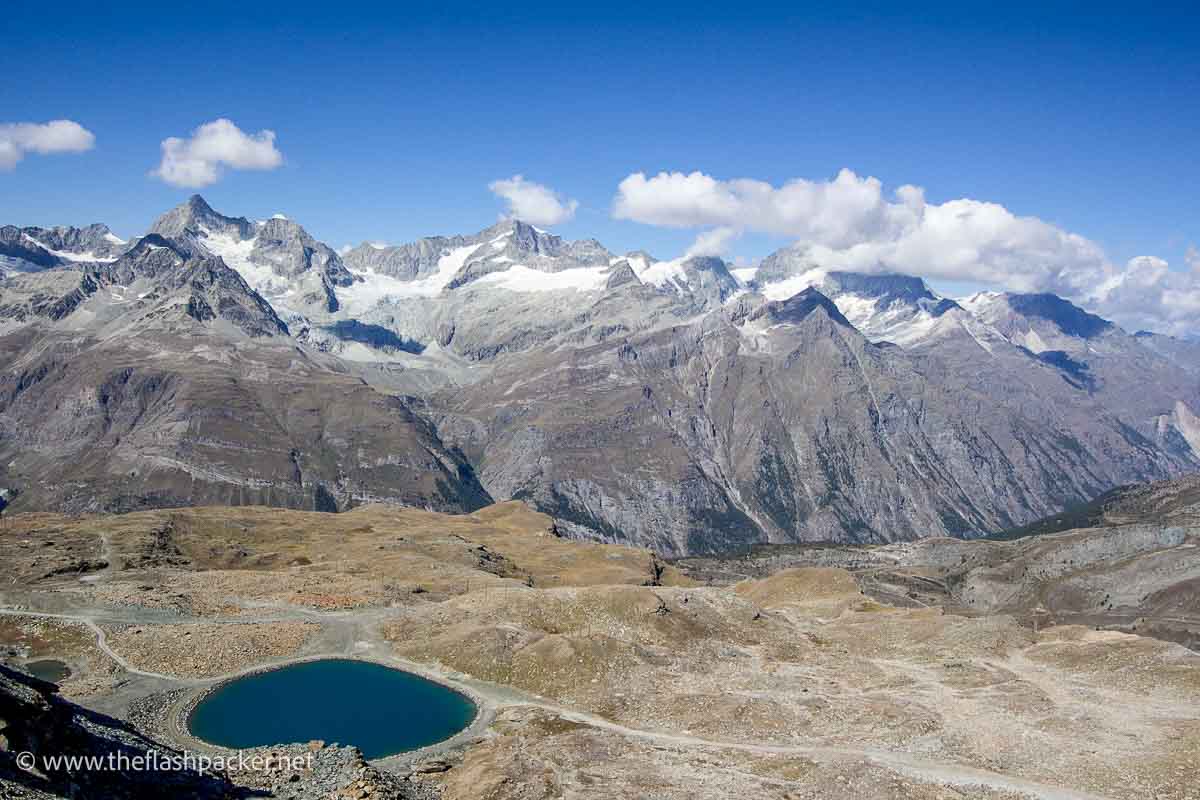
Some articles on this website contain affiliate links. This means that I may earn a small commission if you make a purchase through these links. As an Amazon Associate, I earn from qualifying purchases. Read the full disclosure here.
Why I Loved Zermatt
Zermatt is one of the most beautiful towns in Switzerland.
Towering over the town at a height of 4478 metres, the Matterhorn is the 12th highest peak in Western Europe.
If ever there was a mountain to be swooned over, and photographed from every angle in every possible light, this is it. Piercing the sky above Zermatt like a harpoon tip, the Matterhorn has a hypnotic beauty.
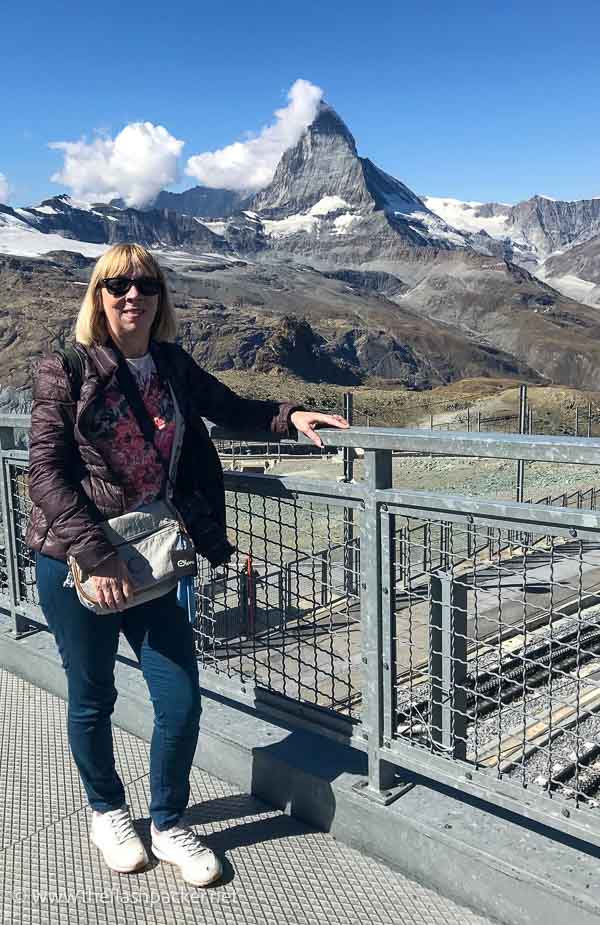
The race between Italians and British to be the first to plant their flag on its summit ended in 1865 when the British climber Edward Whymper reached it on his eighth attempt. However, his achievement may not have received the same publicity had not four of his climbing team of seven plummeted to their deaths on the descent.
The ensuing controversy attracted visitors from far and wide, including Thomas Hardy who wrote To The Matterhorn, a sonnet about Whymper, in 1897.
But there is more to Zermatt than the Matterhorn.
Despite its long history of mass tourism, it has retained the character of an alpine town. Its compact centre is car-free, which makes exploring its streets a pleasure.
But beware; the small electric cars that ferry visitors and their luggage between the train station and hotels can creep up behind you like silent assassins!
Ultimately, it is Zermatt’s setting that is king.
Tucked into the deepest valley in Switzerland, it is surrounded by some of the country’s highest peaks. But these are not just summits to gaze upon in wonder from afar. Thanks to a first-rate infrastructure, from aerial walkways to mountain railways and cable cars, you can get up close and personal to these peaks.
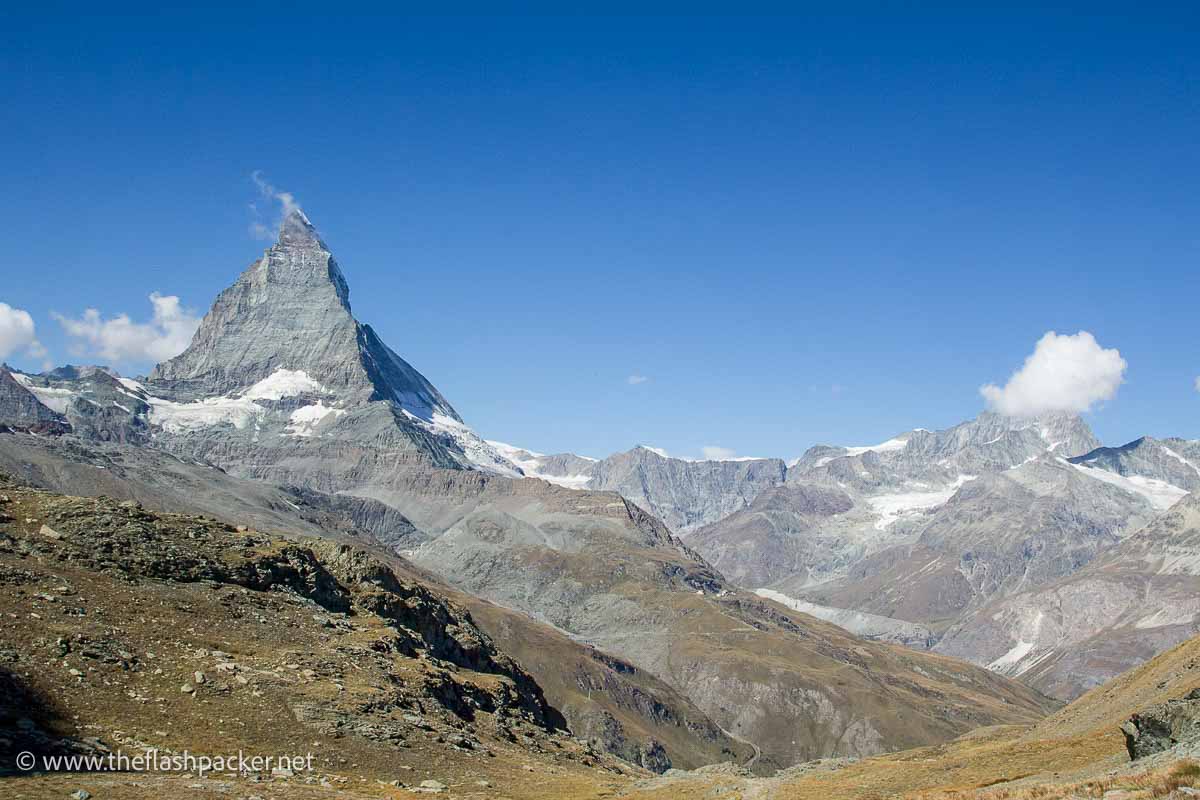
Best Things to Do in Zermatt for Non-Skiers
1. Ride the Gornergrat Railway
Whilst you can savour the view of the Matterhorn’s pyramid-shaped peak from Zermatt, seeing it close up is an unforgettable experience. The best way to do this is to ride the Gornergrat Railway or Gornergrat Bahn. I loved it!
The Gornergrat Railway opened in 1898 and was Switzerland’s first electric rack and pinion line. It ascends a vertical distance of 1,484 metres over the 5.9-mile distance from Zermatt to the observation platform at Gornergrat, at an elevation of just over 3,000 metres.
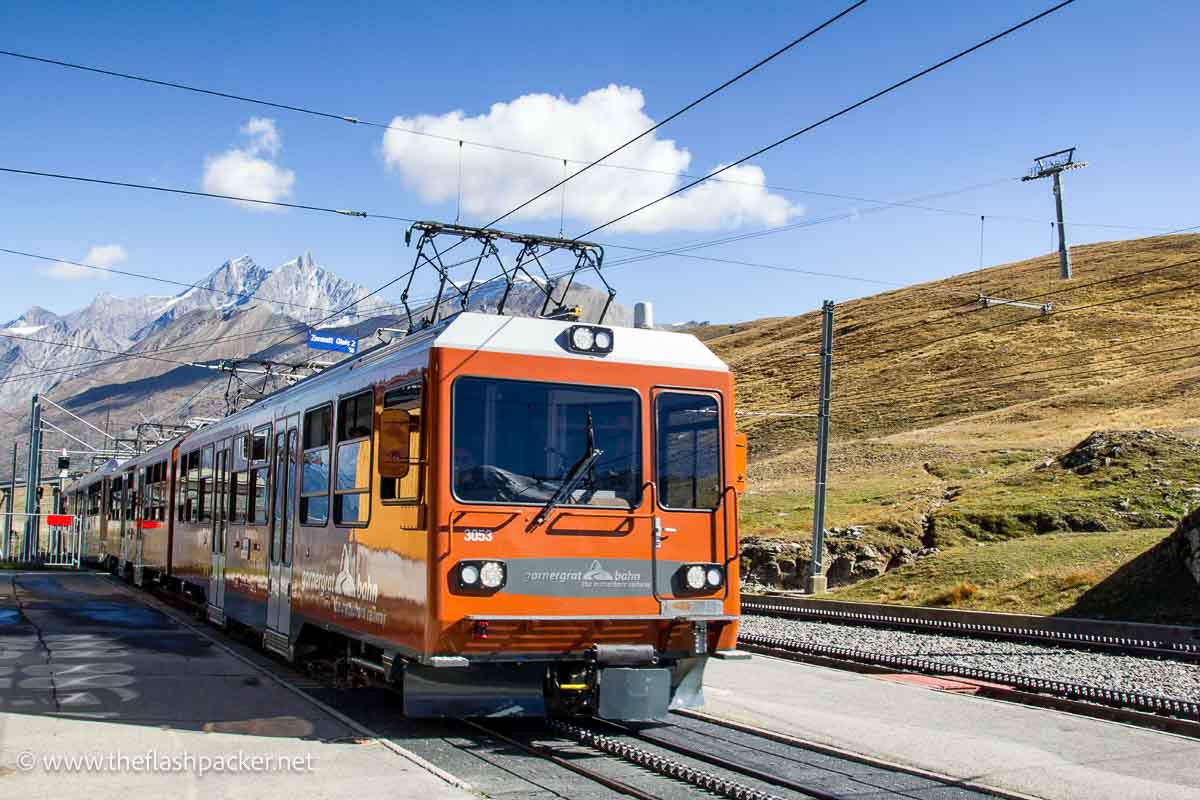
Along the way, it passes through five tunnels, trundles over five bridges and five viaducts, and cuts through pine and larch forests. The journey time from Zermatt to Gornegrat takes 33 minutes.
Leaving Zermatt, sit on the right-hand side of the carriage for Matterhorn views. Ride the train to its terminus at Gornergrat, where there is a small tourist centre with shops and a restaurant.
Take a break on the terrace of the restaurant, soaking up the panoramic view of the Matterhorn and the adjacent peaks and glacier fields. Watch as the clouds move across the mountain’s spear-like peak, hiding it from view temporarily, and then moving on, revealing it once again.
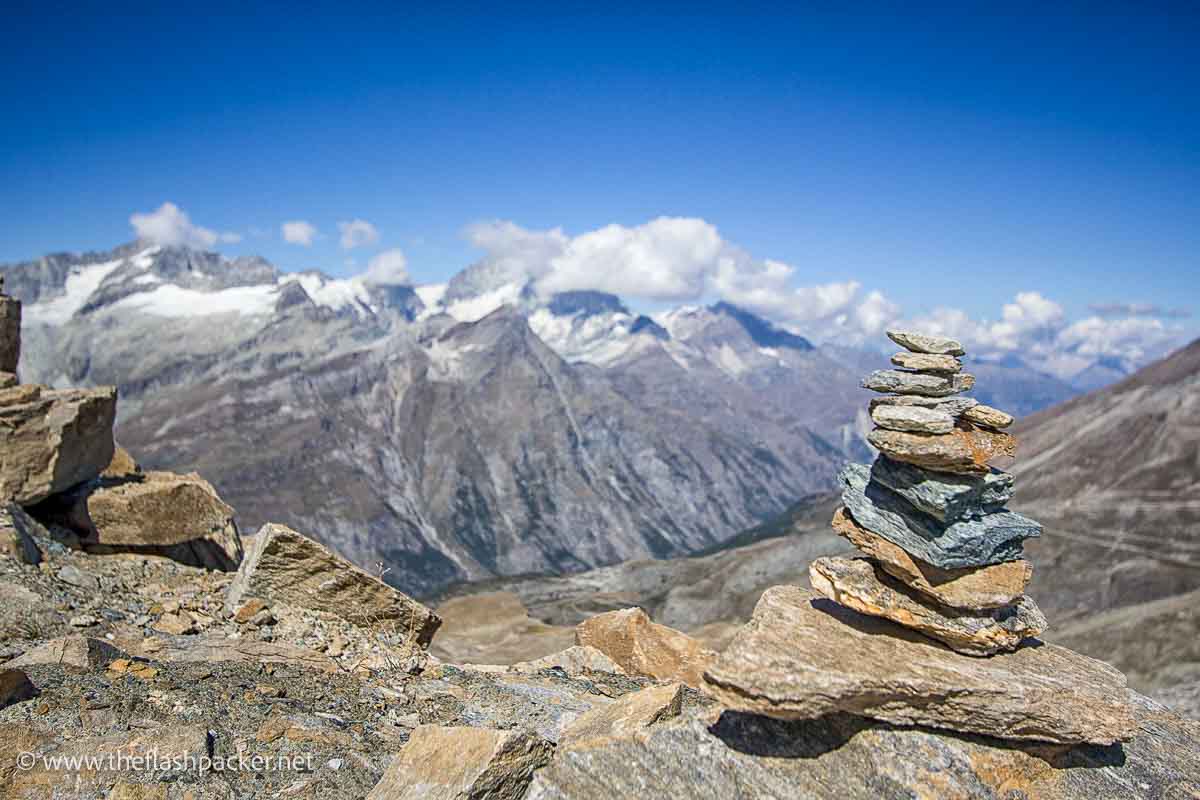
Refreshed, take a walk around the viewing platform, stopping to admire the Monte Rosa and Gorner glaciers and the Dufourspitze, Switzerland’s highest mountain (4,634 metres).
For the best view of the Matterhorn, take the train one stop to Rotonboden, and walk for five minutes to reach Riffelsee. The sight of the near-symmetrical peak of the Matterhorn reflected in the mirror-like water of Riffelsee is enough to make a grown man, or woman, weep with joy.
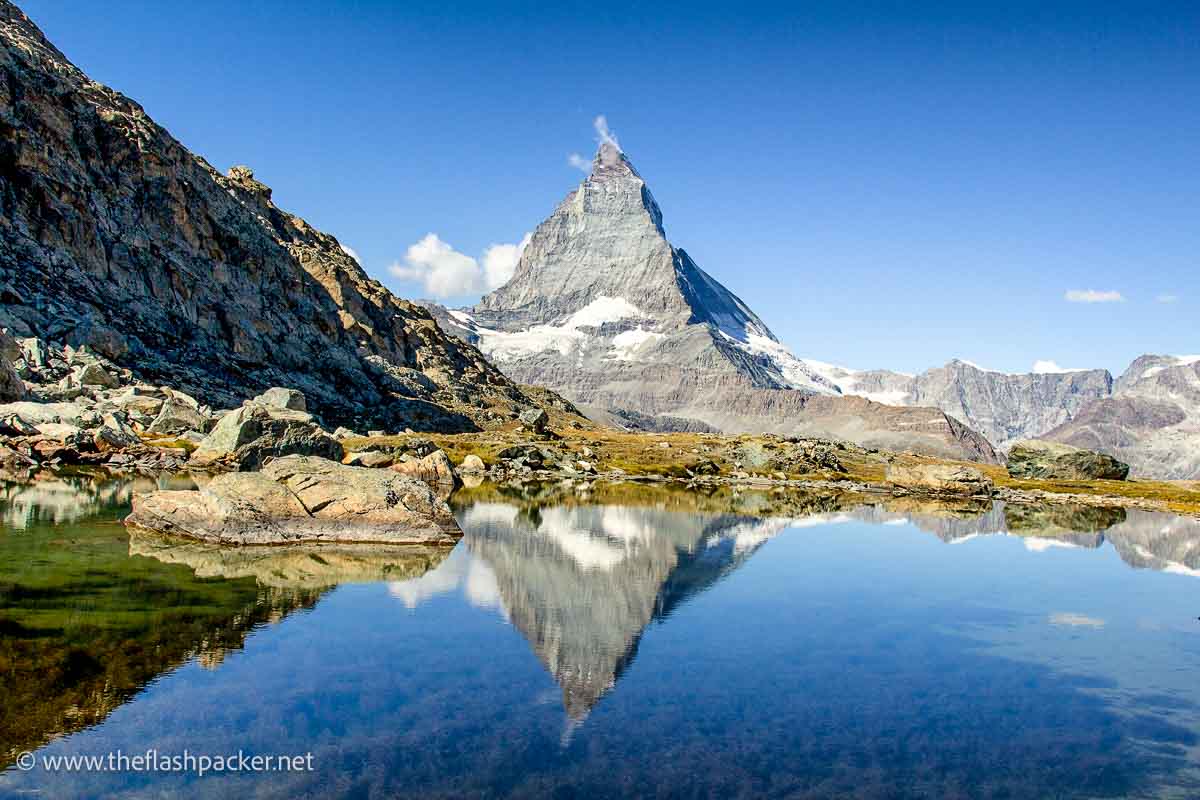
From here, follow the hiking trail to the next stop, Riffelberg. Catch the next train to Riffelalp and then hike back to Zermatt, following the signposted path.
Stop for a coffee or something a little stronger, at Chami-Hitta restaurant with its sweeping views and attentive service with a smile.
From here it’s about an hour’s walk back to Zermatt along woodland paths scattered with pine cones, accompanied by the soundtrack of gurgling mountain streams and distant cowbells.
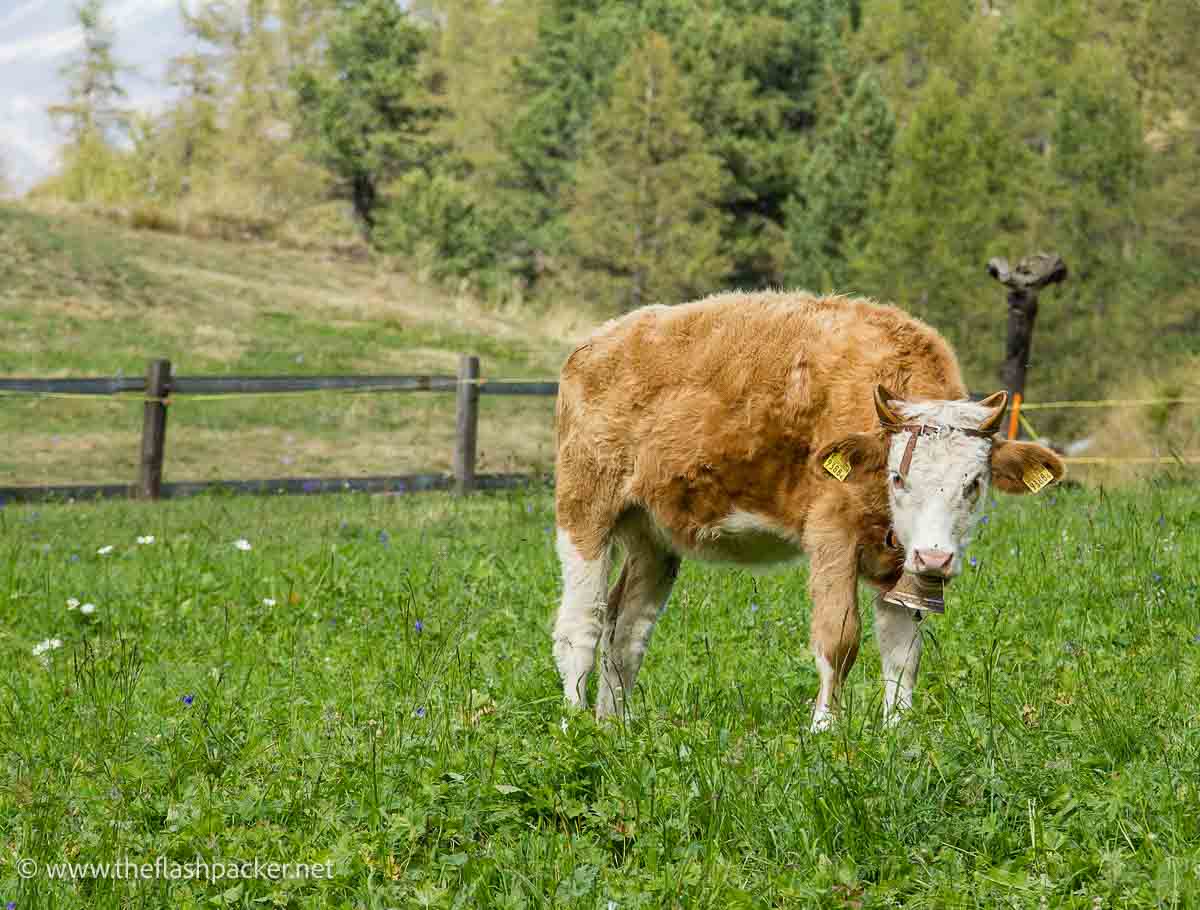
- The Gornegrat Railway station in Zermatt is opposite the town’s main railway station.
- Ticket prices are seasonal and reductions are available with a Swiss Travel Pass.
- Priority boarding is available for an additional cost. This allows you to board the train before other passengers and bag the best Matterhorn-view seat
- Timetables are also seasonal but reckon on at least one train an hour. Trains are more frequent in autumn and winter.
- Make sure you pick up the useful information sheet at the station, which includes a map, walking suggestions and photo stops.
>>> CLICK HERE FOR PRICES OF GORNEGRAT RAILWAY & TO BOOK YOUR SKIP-THE-LINE TICKET
2. Explore the town of Zermatt
If ever a town was made for strolling around, it is Zermatt. The 16th-century timber buildings lining its streets are home to cafes, restaurants, gift shops, high-end boutiques and retailers selling outdoor gear.
Don’t miss the Monte Rosa Hotel, the oldest hotel in Zermatt, which opened in 1855. This is where Edmund Whymper and his party stayed before their ascent.
3. Visit St. Mauritius Church
On your walking tour don’t miss St. Mauritius Church, Zermatt’s beating spiritual heart. Although there have been more modest places of worship on this site since the 13th Century, the current church was consecrated in 1916.
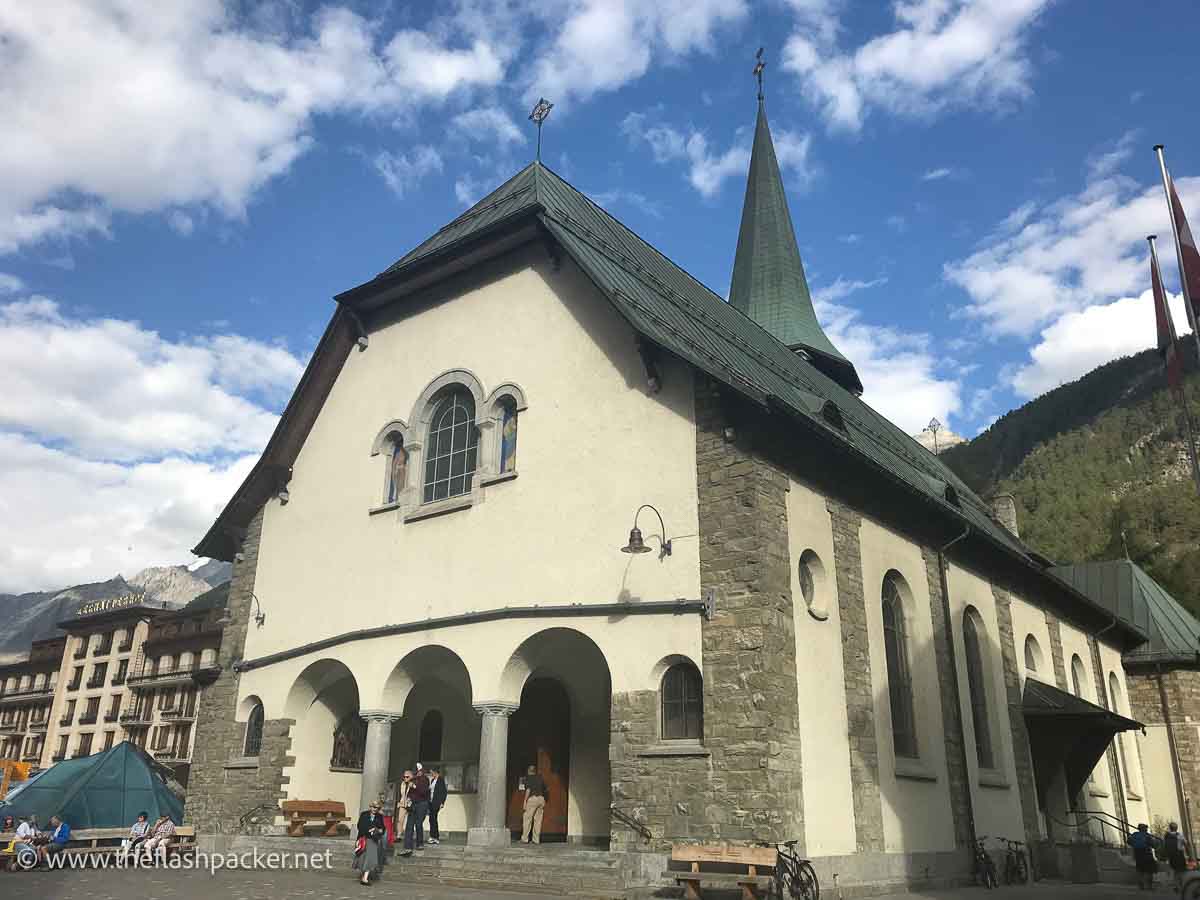
When you enter the church crane your neck heavenwards to examine the nave’s ceiling.
This is adorned with a painting of Noah’s Ark by the Florentine painter Paolo Parente. The painting formed part of extensive church renovations carried out in 1980 to mark the 700th anniversary of the parish.
Thanks to its excellent acoustics, St. Mauritius church also hosts the Zermatt Festival, which takes place each September. Listening to classical music from great composers such as Mozart, Beethoven, and Vivaldi at the foot of the Matterhorn must be a magical experience.
4. Visit the Mountaineers’ Cemetery
A visit to the Mountaineers’ Cemetery, in the garden adjacent to St. Mauritius Church, is a sobering reflection on the human cost of climbing the Matterhorn.

The Matterhorn is one of the deadliest mountains in the world. Despite being neither the highest nor the most difficult mountain to climb, over 500 people have died trying to conquer it.
Around 3,000 people attempt to summit the Matterhorn each year. Although the fatality rate has fallen to an average of five people per year, climbers continue to perish on its slopes.
Avalanches and the sudden changes in weather, to which the mountain is vulnerable, are usually to blame.
Numerous headstones in the Mountaineers’ Cemetery tell of the untimely death of some of the climbers who died on the Matterhorn.
These include Michael Croz, Charles Hudson and Douglas Robert Haddow, three of the four climbers from Edward Whymper’s party who perished in 1865. The body of the fourth victim, Lord Francis Douglas, was never found.
Take time to read the headstones, some embellished with climbing gear, to find out more about the climbers, including their age and where they met their fate.
5. Visit the Matterhorn Museum (Zermatlantis)
If your curiosity about the Matterhorn remains to be whetted, pay a visit to the Zermatlantis. This state-of-the-art museum effectively uses artefacts, reconstructions and multimedia to provide insight into climbing the mountain and the development of Zermatt.
Unsurprisingly, Whymper’s successful ascent gets some attention and the grim star exhibit is the rope that snapped, plunging four of his party to their deaths.
- The Matterhorn Museum is on Kirchplatz in the centre of Zermatt.
- Opening hours of Zermatlantis are relatively restricted and change seasonally. Check the website for further information. Entrance fee applies (free with the Swiss Travel Pass).
6. Treat yourself to a spa
Zermatt is awash with opportunities to pamper yourself. Even modest hotels will have at least a hot tub and sauna.
After a day of walking or skiing, what could be better than soaking in a Jacuzzi whilst gazing at the Matterhorn? Only doing this with a glass of wine in hand I guess.
Upscale hotels offer massages, facials and more extensive facilities which are available to non-residents for a small charge. These include Spa Hotel Europe, Spa Hotel Hemizeus and Spa Hotel Astoria.
- Nudity is common practice in Swiss saunas. Check out this great review on the etiquette of Swiss saunas.
- Some hotels may require reservations so it’s best to check ahead.
7. Experience the ultimate comfort food
One of the joys of travel is sampling local food and wine. In this respect, Zermatt will not disappoint. Here are my must-try foods, which will have your arteries crying out for mercy.
- Fondue – as Swiss as the Alps. Lumps of bread dipped into rich, gooey cheese must be the ultimate comfort food. Basically a heart attack on a plate but so delicious.
- Raclette – a famous culinary speciality of this region and another cheese-based dish. This time, it’s melted cheese on a plate, served with boiled potatoes and pickles. It is an acquired taste but worth trying if you are in this area.
- Rosti – essentially a giant, deep-fried potato cake.
I had great experiences at these two restaurants in the centre of Zermatt. Both offer good value meals.
- Restaurant Du Pont – a family-run eatery with a homely atmosphere and great service.
- Restaurant Stadel – a deservedly popular choice, I spent a very enjoyable evening seated at the bar, feasting on raclette washed down with local wine.
8. The Sunnegga Express
To appreciate the symmetry of the Matterhorn, take the underground funicular from Vispastrasse in Zermatt to Sunnegga-Rothorn. The journey takes less than five minutes.
This is at the top of my list of things to do in Zermatt on a return visit.
9. Charles Kuonen Suspension Bridge
This suspension bridge above the Grabengufer looks spectacular from the images that I have seen. However, as I am not great with heights, I gave this a miss.
Open from July until November, at 494 metres this is the longest pedestrian suspension bridge in the world. It is accessible from Randa train station. A suggested 4-hour hike is here.
10. Matterhorn Glacier Paradise
Let a lift whisk you to the highest station in Europe (3,883m) on the Klein Matterhorn for panoramic views of the south face of the Matterhorn and the Italian, French and Swiss Alps. On a clear day, you can see as far as the Mediterranean Sea.
The journey to the summit involves three cable cars. The first gondola station is a 20-minute walk from Zermatt’s railway station. Follow the signs. Take the cable car to Furi and then change. This will bring you to Trockener Steg where you will need to change again.
The whole journey takes around 45 minutes.
>>> BOOK YOUR TICKET HERE
11. Glacier Palace
The ticket for the Matterhorn glacier paradise also gains you admission to the Glacier Palace.
Located 15 metres below the surface of the glacier, this is a winter wonderland of illuminated ice sculptures accessed via a walkway carved into the ice. Wrap up warm!
Getting There & Getting Around
I travelled to Zermatt on the Glacier Express train from St Moritz. This formed part of a 16-day Interrail trip through Switzerland and France.

As train travel is expensive in Switzerland it is well worth weighing up the pros and cons of a European rail pass. Opt for a Eurail pass if you are not a European resident or citizen.
You can check the cost of Interrail and Eurail passes here.
If you are flying into Switzerland, Zermatt is accessible within three hours from both Zurich and Geneva airports. Alternatively, catch the train from Milan.
>>> CLICK HERE TO CHECK TRAIN TIMES & PRICES
As Zermatt is so compact, I found that everywhere was walkable. However, if needed, electric taxis are available or there are bikes for hire.
Travelling in Switzerland by Train
Thanks to Switzerland’s efficient and highly integrated transport system, doing these day trips by train is easy. However, as Swiss rail travel does not come cheap, a rail pass is worth considering.
I travelled around Switzerland by rail on a Global Interrail Pass. For those living outside Europe, the Eurail pass is available.
However, if most of your travelling is within Switzerland consider a Swiss Travel Pass, which comes with additional discounts, or even a regional pass. Just do your homework before you travel.
With the high cost of rail travel in Switzerland, an Interrail / Eurail Pass or a Swiss Pass (or regional travel pass) is a gift that keeps giving.
Packing a good guidebook to help you plan train travel in Switzerland and explore the country can be a smart move. I can recommend the excellent Bradt guide I used, which is easily the best guide to exploring Switzerland by public transport on the market.
Where to stay in Zermatt
Zermatt punches above its small weight in terms of accommodation options, many of which have great character.
Mid-range – Hotel Ambiance Superior
I stayed at this friendly hotel, a 10-minute walk from the train station and five minutes from the town centre.
>>> CLICK HERE FOR PHOTOS & RATES
Here are some other choices that I have found that may suit different budgets:
Splurge – Matterhorn Lodge Hotel & Appartements
This classic Alpine hotel is in the centre of Zermatt and has a spa and fitness centre on-site.
>>> CLICK HERE FOR PHOTOS & RATES
Budget – Hotel Bahnhof
As its name suggests, this property, which offers dorm rooms, is close to Zermatt Train Station. Rooms are also available with private or shared bathrooms.
>>> CLICK HERE FOR PHOTOS & RATES
>>> None of these places take your fancy? Discover other great accommodation choices in Zermatt here
Solo Travel in Switzerland
Switzerland is one of the best solo destinations in the world, especially for mature solo travellers or if you are taking your first solo trip.
It is one of the most dramatically beautiful countries in Europe and is home to some of the most scenic train rides on the planet, including the famous Glacier Express.
Each of Switzerland’s regions has its distinct identity and language, so much so that you feel that you are visiting there or more countries for the price of one. From the Italian character of the Ticino region to the timeless lake views of the French region, there’s something for everyone.
Female solo travel safety is a prime concern of women travelling alone, and Switzerland is the second safest country in the world.
Public transport in Switzerland is world-renowned for its cleanliness, efficiency and punctuality. However, trains and cable cars in Switzerland aren’t cheap. To reduce costs look into buying a Swiss Travel Pass or Interrail / Eurail Pass.
And if that’s not enough, there are multiple opportunities to gorge on excellent Swiss chocolate, cheese and fondues. This is not a place to start a diet.

About Bridget
Bridget Coleman has been a passionate traveller for more than 30 years. She has visited 70+ countries, most as a solo traveller.
Articles on this site reflect her first-hand experiences.
To get in touch, email her at hello@theflashpacker.net or follow her on social media.

Though you can’t drive your car up to Zermatt, you can ride your bicycle to town. I did this as part of a larger trip in Europe.
Sounds great Rick! I saw many a hardy cyclist in Zermatt sipping a well-deserved glass of beer or wine.